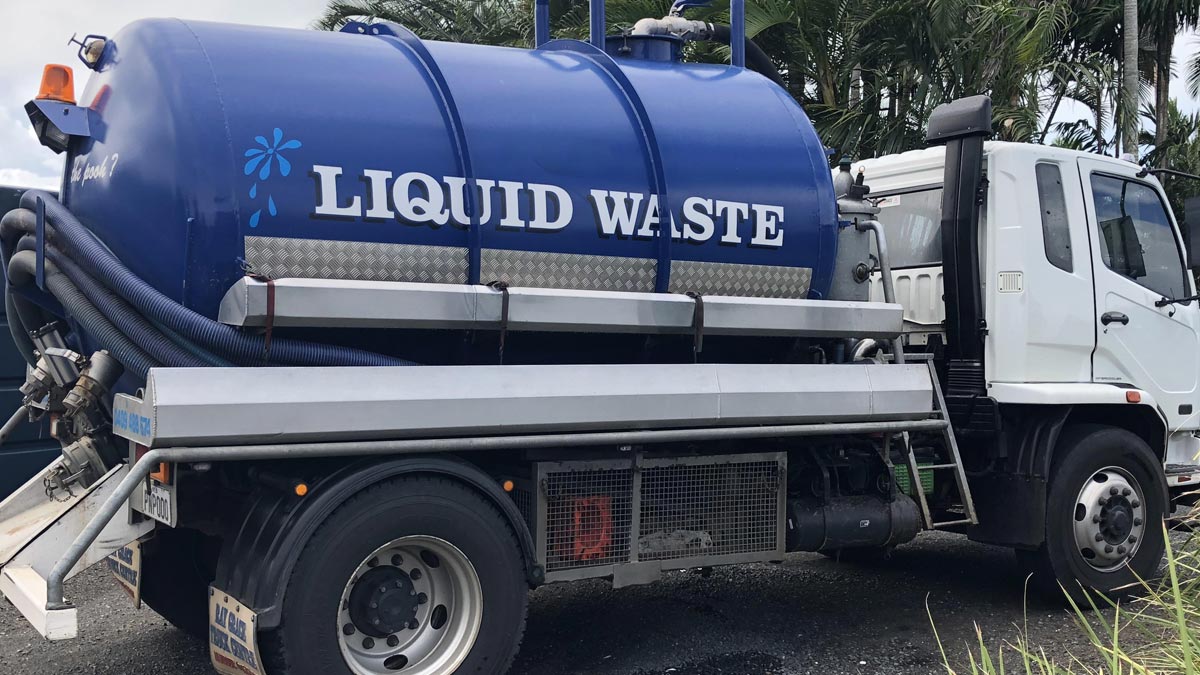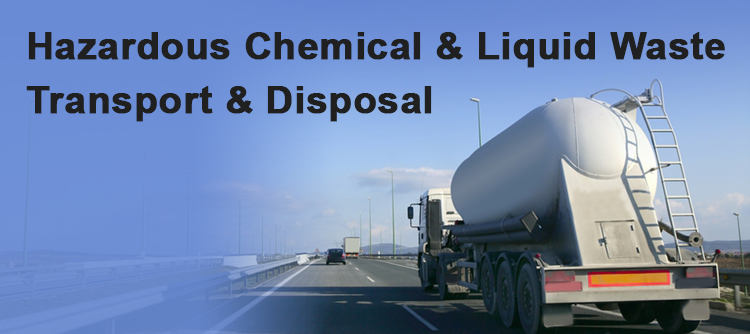Top Liquid Waste Disposal Melbourne: Trusted Services for Proper Waste Management
Top Liquid Waste Disposal Melbourne: Trusted Services for Proper Waste Management
Blog Article
How Liquid Waste Disposal Works: A Detailed Review of Strategies and Technologies Utilized

Review of Fluid Waste Types
The complexity of liquid waste types necessitates a complete understanding of their features and effects for disposal. Fluid waste can broadly be categorized into several types, including commercial, community, agricultural, and contaminated materials. Each classification exhibits distinct homes, calling for specific management strategies to mitigate ecological and health and wellness dangers.
Industrial liquid waste originates from manufacturing procedures and frequently has a variety of contaminants, such as heavy steels, solvents, and organic compounds. Metropolitan fluid waste, mainly comprising wastewater from houses and commercial facilities, has raw material, nutrients, and virus (industrial wastewater treatment). Agricultural fluid waste, including drainage from farms, might have fertilizers, pesticides, and animal waste, posturing dangers to water high quality and ecological communities
Harmful liquid waste is identified by its toxicity, reactivity, or potential to create damage. This group includes materials like acids, bases, and particular chemicals that demand strict handling and disposal methods. Comprehending these varied liquid waste types is essential for creating effective disposal approaches and guaranteeing conformity with environmental guidelines. Proper category and characterization are essential for carrying out ideal treatment strategies and reducing the damaging effect on public health and wellness and the atmosphere.
Physical Treatment Methods

Testing is the first step, where larger particles and particles are eliminated from the liquid waste making use of displays or grates. In sedimentation storage tanks, heavier fragments clear up at the bottom, creating a sludge layer, while the cleared up liquid can be more dealt with.
Filtration is an additional essential approach that includes passing the liquid with porous products, such as sand or membranes, to record smaller sized particles. This action improves the quality of the fluid, making it suitable for succeeding treatment procedures.

Chemical Treatment Methods
Chemical treatment methods are important for properly managing fluid waste, especially in dealing with liquified and colloidal pollutants that physical approaches may not adequately eliminate. These techniques use numerous chemical agents to counteract, precipitate, or transform hazardous compounds right into less damaging kinds.
One typical approach is coagulation and flocculation, where chemicals such as alum or ferric chloride are included in promote the gathering of put on hold particles. This procedure boosts sedimentation, enabling for much easier elimination of the resulting sludge. Additionally, oxidation procedures, employing representatives like chlorine or ozone, are utilized to break down intricate natural compounds and microorganisms, providing the waste safer for discharge or additional therapy.
Neutralization is an additional crucial method, which readjusts the pH of acidic or alkaline waste streams to neutral levels, avoiding prospective injury to downstream systems and the setting. In addition, advanced oxidation processes (AOPs) use mixes of oxidants and ultraviolet light to weaken relentless toxins, achieving a higher level of treatment effectiveness.
Biological Treatment Processes
Biological treatment processes play a critical duty in the monitoring of fluid waste by making use of microbes to decay natural issue and lower impurity degrees. These procedures can be extensively classified into aerobic and anaerobic treatments, each employing specific microbial communities to attain effective waste destruction.
Cardio therapy entails using oxygen to facilitate the malfunction of natural products by germs. This procedure is typically applied in triggered sludge systems, where oygenation containers supply a conducive setting for microbial development, causing the oxidation of organic pollutants. The resultant biomass can be divided from treated effluent via sedimentation.
On the other hand, anaerobic treatment occurs in the lack of look at this now oxygen, relying upon different germs to break down raw material. This method is specifically helpful for high-strength visit this web-site waste, as it generates biogas, a renewable resource resource, while decreasing sludge manufacturing. Technologies such as anaerobic digesters are regularly employed in industrial and municipal applications.
Both anaerobic and cardiovascular biological therapies not just reduce the environmental influence of fluid waste but likewise help with source recovery, making them crucial parts of sustainable waste monitoring techniques. Their effectiveness, flexibility, and effectiveness support their prevalent execution across different fields.
Emerging Technologies in Disposal
Ingenious methods to fluid waste disposal are quickly progressing, driven by advancements in innovation and a raising emphasis on sustainability. Among these arising technologies, membrane bioreactors (MBRs) have actually gotten grip for their capacity to incorporate organic therapy with membrane layer purification, resulting in top quality effluent that can be reused in different applications. MBRs make it possible for smaller sized impacts and extra reliable operations compared to traditional systems.
Another promising development is the use of anaerobic digestion combined with nutrient recovery technologies, which not only treats liquid waste but also produces biogas and recoups web useful nutrients like nitrogen and phosphorus. This double advantage enhances resource efficiency and lowers ecological influence.
Additionally, advanced oxidation processes (AOPs) are being taken on for the destruction of intricate organic contaminants. These methods utilize powerful oxidants and stimulants to damage down pollutants at the molecular level, offering a very reliable option for difficult waste streams.
Furthermore, the integration of expert system and artificial intelligence in waste administration systems is optimizing functional effectiveness and predictive upkeep, causing decreased costs and boosted ecological compliance. These modern technologies show a considerable shift in the direction of more effective and lasting liquid waste disposal practices.
Verdict
In final thought, efficient fluid waste disposal necessitates an extensive understanding of different strategies and technologies. By continuously advancing these methods, it comes to be possible to resolve the growing difficulties connected with liquid waste, inevitably adding to ecological defense and resource recovery.
Liquid waste disposal is an essential facet of ecological management, calling for a comprehensive understanding of various methods and innovations tailored to various waste types. Fluid waste can generally be classified right into numerous kinds, consisting of commercial, community, farming, and harmful waste. Agricultural fluid waste, including overflow from farms, may contain plant foods, chemicals, and pet waste, posturing threats to water top quality and communities.
Various physical treatment approaches play a critical role in taking care of liquid waste effectively - industrial wastewater treatment.In conclusion, reliable fluid waste disposal requires an extensive understanding of different techniques and technologies
Report this page